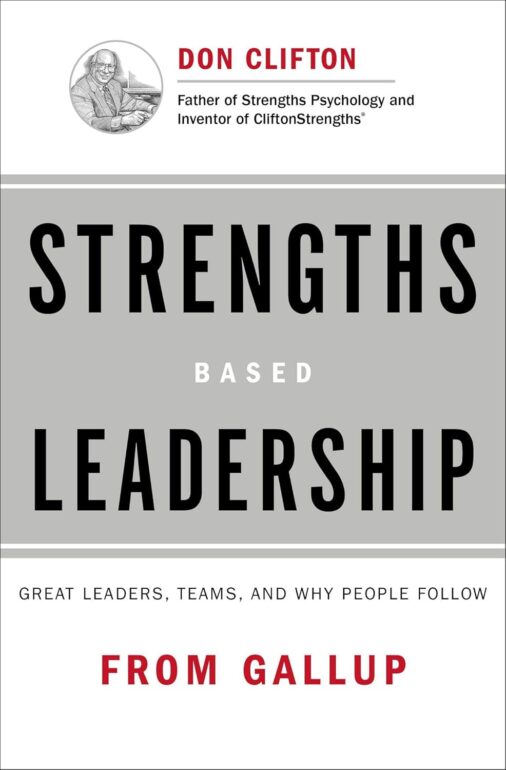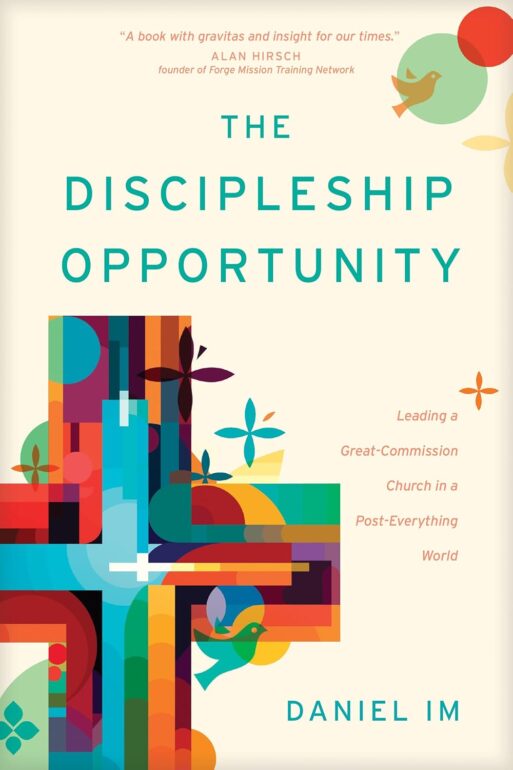
If we don’t live with intentionality—both in life and leadership—then time has a way of stealing the years away from us.
A year passes by and we’re still facing the same ‘ol problems. New year, new you? Not necessarily. It’s more like new year, same you. It’s a year later and while it might seem like you’re dealing with seemingly new problems, they’re really just the old ones with a different face.
So for 2025, instead of coming up with a fancy New Year’s resolution, why not just resolve to read more? After all, I find that reading sparks new ideas, and reading can help us get out of ruts. I love how Margaret Fuller once put it, “Today a reader, tomorrow a leader.” Or the words of Dr. Seuss, “The more that you read, the more things you will know. The more that you learn, the more places you’ll go.”
So to kick off this new year, I want to recommend five books that will help you step into this new year with intentionality. Five books that will help you grow yourself and your staff and ministry team with rigorous intentionality.
1. LEADING SELF
In order to lead others well, we need to be committed to constantly growing and leading ourselves. So the first book that I want to recommend is Chuck DeGroat’s new one, Healing What’s Within. Christina and I interviewed him on Episode 186 of our IMbetween Podcast where we unpacked the importance of self-awareness, loneliness, disconnection, and healing. This book will help you discover how to heal the hidden hurt in your life that might be keeping you back from moving forward.
Healing What’s Within: Coming Home to Yourself—and to God—When You’re Wounded, Weary, and Wandering, by Chuck DeGroat

2. LEADING OTHERS
This next book is a classic. It reads like the book of Proverbs from the Bible. And when it comes to leading others, this book has gems of wisdom throughout. No wonder it’s sold over 1 million copies! Topics include the cost of leadership, the responsibility of leadership, the qualities and criteria of leadership, and how to reproduce leaders.
Spiritual Leadership: Principles of Excellence for Every Believer, by J. Oswald Sanders.

3. LEADING LEADERS
I’ve coached over 1000 people through the StrengthsFinder assessment (now called the CliftonStrengths Assessment), as it’s one of the best scientifically researched tools to help you lead yourself, lead others, and lead leaders. If you haven’t taken it, definitely do so, and here’s a great complimentary book that will help you understand and implement the results from your assessment.
Strengths Based Leadership: Great Leaders, Teams, and Why People Follow, by Tom Roth and Barry Conchie

4. LEADING DEPARTMENTS
If you’re a departmental or divisional leader, then you need a quick and sure way to recognize and remember the differences between your teammates, and a way to help you integrate their work with one another. And that’s why Patrick Lencioni’s Working Genius assessment is my recommendation for this category. Here’s an article I wrote describing the differences between the Working Genius and StrengthsFinder.
The 6 Types of Working Genius: A Better Way to Understand Your Gifts, Your Frustrations, and Your Team, by Patrick M. Lencioni.

5. LEADING ORGANIZATIONS (or your church)
Jesus never said to “go and make country club members, social justice advocates, or religious institutions.” He said to “go and make disciples.” Disciples! Disciples who make disciples who make disciples. Do you have a way to do that in your church? A deliberate and intentional pathway to make disciples in our post-pandemic, post-Christian, and post-everything world? This is precisely why I wrote The Discipleship Opportunity, and why my hope is that you will take the vision setters and decision makers in your church through it.
The Discipleship Opportunity: Leading a Great-Commission Church in a Post-Everything World, by Daniel Im.
